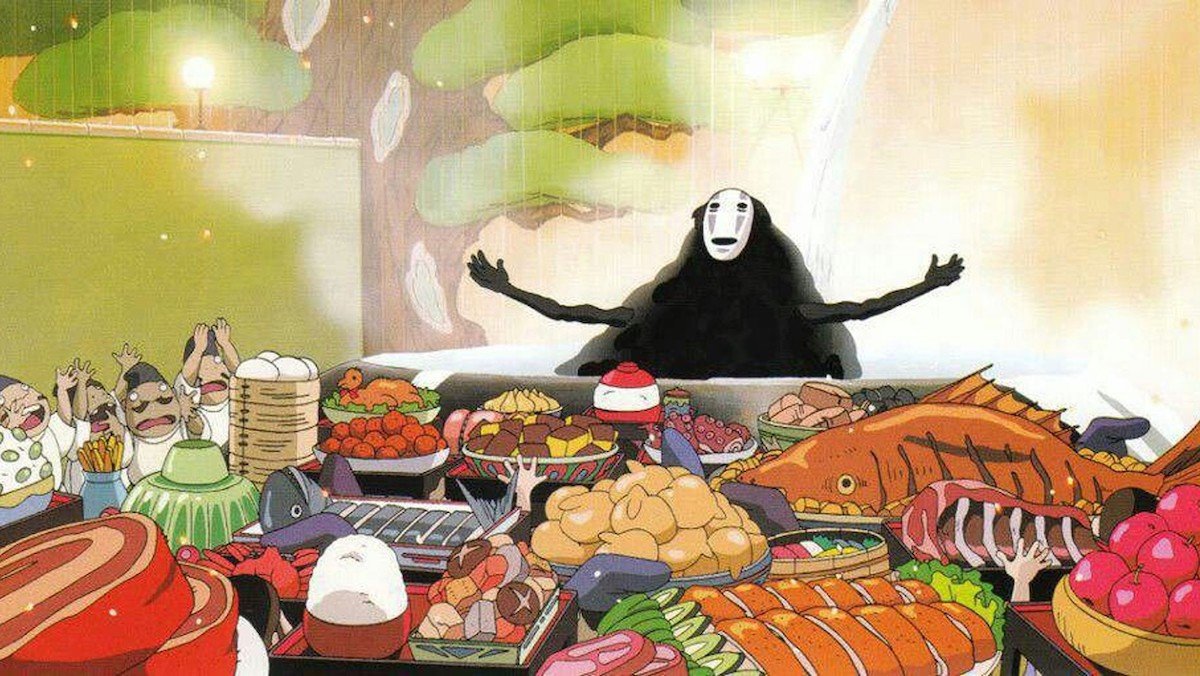Fandom Food in Therapy and Educational Settings
Food and pop culture have always been intertwined. From iconic movie scenes centered around food to celebrity chefs and bloggers taking over our social media feeds, fandom food has become an important part of our cultural identity. In recent years, celebrating fandom food has allowed fans to use it as a tool for self-expression and community building. It can range from creating dishes inspired by your favorite movie or TV show to attending pop-up restaurants and events centered around specific fandoms. At the 3rd annual Therapeutic Applied Geek and Gaming Summit (TAGGS), let educator Stefanie Bautista, Clinical Psychologist Barb Kelly, and myself present “From The Screen to Your Plate: Exploring the Intersection of Food And Pop Culture” on Sunday, April 23, 2023, from 2:15 pm to 3:45 pm PST.
Fandom food can be used in therapy and education settings to create a safe and engaging space for clients or students. This can be done by incorporating discussions or activities related to popular culture and food into therapy or lesson plans. If you missed that presentation, here are a few tidbits on how to incorporate fandom food in therapy and education settings:
Fandom Food in Therapy
Food has always been an important part of therapy. However, fandom food can also be used in therapy in other ways. For example, therapists can use fandom food to help their clients practice mindfulness and sensory awareness during meals. They can also use fandom food to facilitate group discussions and activities centered around food and pop culture. They can encourage clients to discuss the foods that connect closest to their own culture or the fandom foods they wish they could recreate. Fandom food can also be used to explore and address issues related to food and body image by exploring how media and pop culture shape our relationship with food. Clinicians should be mindful of eating disorders and sensory and food sensitivities before suggesting incorporating fandom food into treatment.
Fandom Food in Education
Fandom food can be a valuable tool for educators as well. It can engage students in subjects they might not be interested in, such as history or literature. For example, teachers can use fandom food to create dishes inspired by the food of different cultures or periods. They can also use fandom food to teach students about nutrition and healthy eating. Teaching culinary skills, math skills, and nutrition through fandom food is another way to turn just learning into fully engaging with students. Additionally, fandom food can creatively promote mindfulness and sensory awareness during meals or cooking activities.
Fandom food is a growing trend that has the potential to bring people together and help them express themselves. Whether you're a therapist looking for new ways to engage your clients or an educator looking to make learning fun, fandom food is worth exploring. Overall, incorporating fandom food into therapy and education settings can add a unique and enjoyable element to the experience while providing opportunities for growth and learning.
Resources for Support
If you or someone you know is struggling with an eating disorder or food sensitivity, resources are available to help. Here are some organizations that offer support and resources:
National Eating Disorders Association: https://www.nationaleatingdisorders.org/help-support/contact-helpline
Eating Disorder Hope: https://www.eatingdisorderhope.com/
Food Allergy Research and Education (FARE): https://www.foodallergy.org/
The Food Intolerance Network: https://www.foodintolerance.org.au/





WEBSITE DISCLAIMER The information provided by Guidance Teletherapy Family Counseling Inc. (“we,” “us,” or" “our”) on https://www.guidancett.com/ (the “Site”) is for general information only. All information on the Site is provided in good faith. However, we make no representation or warranty of any kind, express or implied, regarding the accuracy, adequacy, validity, reliability, availability, or completeness of any information on the Site. Under no circumstance shall we have any liability to you for any loss or damage of any kind incurred as a result of the use of the Site or reliance on any information provided on the Site. Your use of the Site and reliance on any information o the Site is solely at your own risk.
EXTERNAL LINKS DISCLAIMER The Site may contain (or you may be sent through the Site) links to other websites or content belonging to or originating from third parties or links to websites and features in banners or other advertising. Such external links are not investigated, monitored, or checked for accuracy, adequacy, validity, reliability, availability, or completeness by us. We do not warrant, endorse, guarantee, or assume responsibility for the accuracy or reliability of any information offered by third-party websites linked through the Site or any website or feature linked in any banner or other advertising. We will not be a party to or in any way be responsible for monitoring any transaction between you and third-party providers of products or services.
PROFESSIONAL DISCLAIMER The Site cannot and does not contain medical/health/mental health advice. The medical/health/mental health information is provided for general information and educational purposes only. It is not intended as a substitute for professional advice. Accordingly, we encourage you to consult with the appropriate professionals before taking any actions based on such information. You should not use this information to diagnose or treat a mental or medication health condition. The use or reliance of any information contact on the Site is solely at your own risk.
AFFILIATES DISCLAIMER The Site may contain links to affiliate websites, and we receive an affiliate commission for any purchases you make on the affiliate website using such links. We are participants in the Amason Services LLC Associates Program, an affiliate advertising program designed to provide a means for us to earn advertising fees by linking Amazon.com and affiliated websites.